Reading Mass Times 22nd Dec – 4th Jan
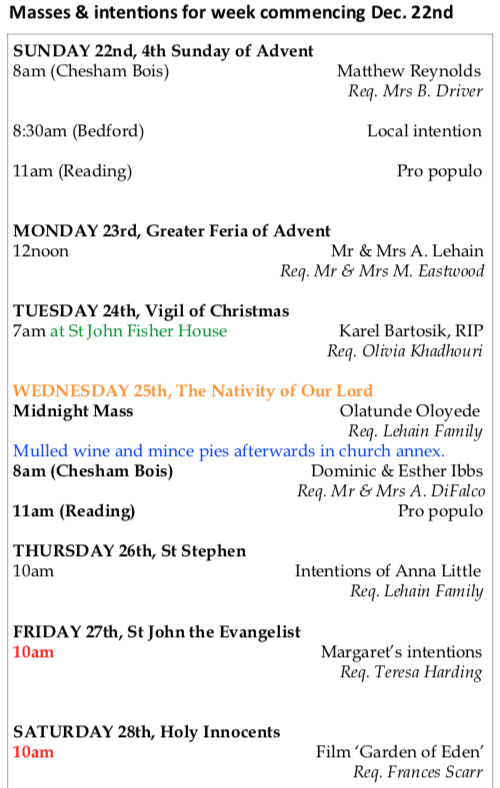
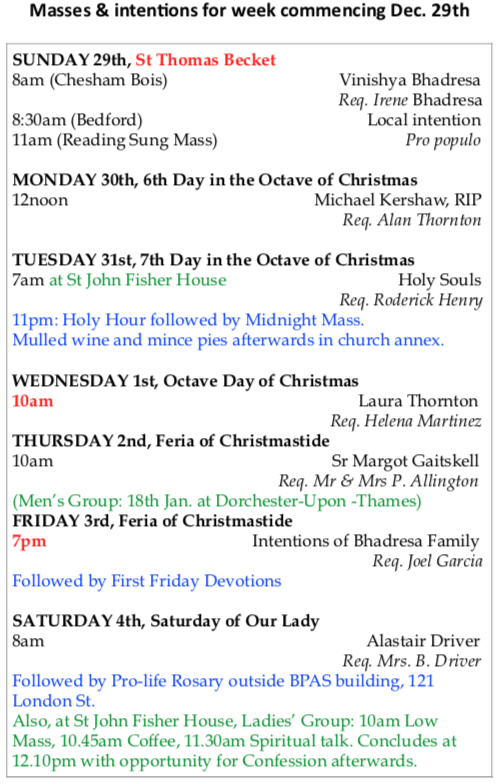


St William of York Church, Reading, Saturday 14 December
Led by Fr Seth Phipps, FSSP
10:15am Holy Mass (Mass of Our Lady on Saturday in Advent, Rorate), followed by refreshments in the Annex
11:30am First conference: “God became man so that man might become God”
12:15pm Lunch (bring your own packed lunch)
1:30pm Second Conference: “God chose a mother”
2.30pm Adoration of the Blessed Sacrament, with opportunities for confession. Concluding with Rosary and Benediction, finishing at 3.30pm.


Out of 5 victims of religious persecution worldwide, 4 are Christians. Thank God for courageous Hungary, a small country speaking up for millions of persecuted Christians. Fr Armand de Malleray, FSSP was privileged to attend, and reports:
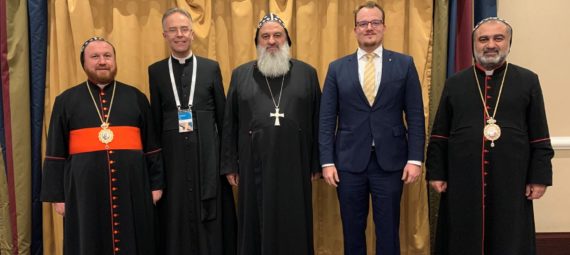
The international conference last week in Budapest was attended by over 650 delegates from all over the world, with speeches by Prime Minister Orban and by dozens of Cardinals, Archbishops and dignitaries of the Catholic Church and of other Christian communities. Former Prefect of the Congregation for the Doctrine of the Faith Cardinal Mueller stated that undergoing hostility from the world is part of being followers of Christ, so that we must not lose heart but bear witness and persevere.

Awareness must be raised and anti-Christian persecution must not be camouflaged under the guise of religious persecution in general (‘as if anti-Semitism were never addressed specifically, but only racism in general’, a lay speaker suggested); or even denied as if attacks against Christians were accidental manifestations of purely ethnic and economical problems (e.g. African tribes merely fighting for water or pastures). Hungarian Ambassador to the Holy See Eduard Habsburg wondered: ‘I ask myself why people suddenly turn quiet when you begin to speak about the plight of Christians all over the world.’

The main issues at stake are 1) the shrinking presence of Christians in the Levant after 20 centuries, now more and more under threat (90% Christians have left Irak since the fall of Saddham Hussein); and 2) how the West can learn from these tragedies and prevent the eradication of Christianity in our our own countries, where lawmakers and the media are unbloodily but even more successfully erasing the Christian values and identity.

‘Hungarians make up only 0.02 percent of the world’s population, so how much difference can it make? Is it worth it?’ Prime Minister Orbán asked. He answered his own question by reflecting on the 12 apostles who, though small in number, changed the world with the Good News. ‘Standing up for our persecuted brothers and sisters engenders courage in ourselves and others,’ Orbán continued.
Orbán noted that the first Hungarian tribes arrived in the Carpathian Basin 1,100 years ago but many other groups had come and gone before them. ‘To this day Hungarians are curious as to why we were the ones to survive,’ the prime minister said. ‘According to the most widely accepted answer, our military capabilities and vigour would not have been enough, so the key to our survival was our conversion to Christianity.’

‘There are some who see this as primarily a diplomatic feat or one of state organisation, and it was exactly those things, but first and foremost it was a spiritual rebirth and a real conversion,’ Orbán said. ‘The Hungarian people and their government believe that Christianity can help peoples and nations survive, just as it had happened with us,’ he added. ‘Our first Christian king was more than just a remarkable ruler,’ Orbán said, adding that King St. Stephen had been a visionary who had given Hungarians guidance and a ‘spiritual and political compass’. The prime minister said Hungary was right to stand up for Christianity, arguing that ‘goodness inspires goodness’ and Hungarians’ commitment to helping persecuted Christians ‘breeds courage’. ‘Our example can have a far reach,’ he said. ‘Actions can free those who are crippled and restore faith in personal action.’
Orbán said the question may arise whether there was already enough to be done about anti-Christian sentiment in Europe and if there was even a need to provide help to other continents. ‘The troubles of Christianity in Europe and the persecution of Christians in other places cannot be separated from one another,’ he argued. ‘Europe is quiet,’ Orbán said. ‘A mysterious force shuts the mouths of European politicians and cripples their arms.’ He said the issue of Christian persecution could only be considered a human rights issue in Europe, insisting that ‘Christians are not allowed to be mentioned on their own, only together with other groups that are being persecuted for their faiths.’ The persecution of Christians ‘is therefore folded into the diverse family of persecuted religious groups’, he added.

‘We have 245 million reasons to be here. This is how many people are persecuted daily because of their Christian belief,’ Hungarian State Secretary for the Aid of Persecuted Christians Tristan Azbej said Nov. 26 as he opened the conference.
The Prime Minister said that while religious persecution should not be underestimated, those who treated the persecution of Christians solely as a humanitarian problem failed to mention the most important thing. ‘It’s not just the people and the communities but also the culture as a whole that is being subjected to an organised and comprehensive attack,’ he said. ‘Even in the land of our culture, our civilisation, the most successful Christian civilisation to date: Europe.’ He said this attack was being carried out through ‘the replacement of the population, immigration, stigmatisation, insults and the muzzle of political correctness’.
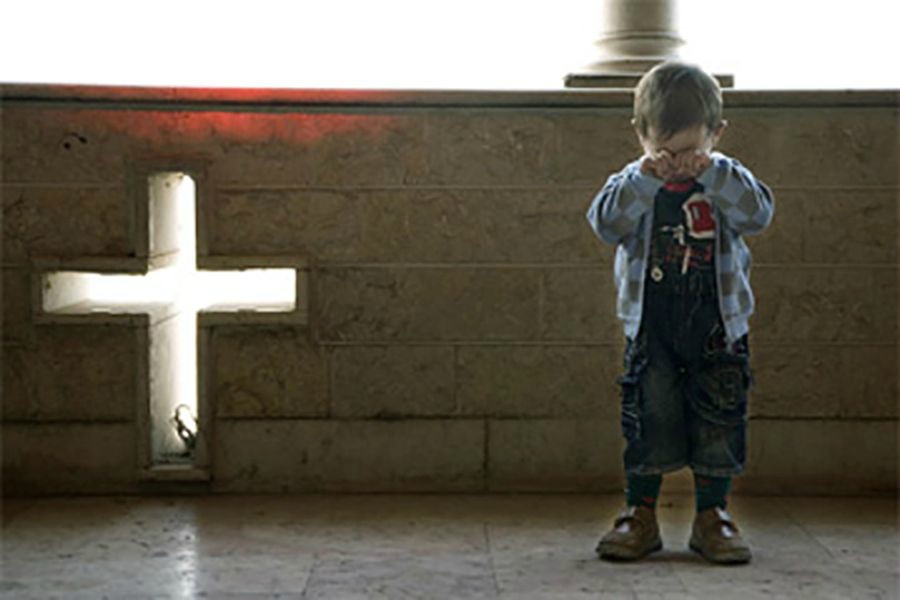
Orbán said there were many ‘good and true Christian politicians’ in Europe today but they were stymied from openly stating their views due to a mix of constant coalition negotiations and succumbing to the power relations of Europe’s media. Hungary, he said, was blessed with political stability, a public against migration, and a majority that demanded the protection of Christian culture. He said Hungarian politics started from the position that ‘we Christians have the right to protect our culture and way of life’. Orbán said that unlike many politicians elsewhere in Europe, ‘we believe people should be encouraged to live and thrive where their ancestors have lived for centuries. So the Hungary Helps scheme is about rebuilding schools, hospitals and dwellings in troubled parts of the world and providing young people with an education at Hungarian universities, he said.

He said Europeans were wrong to think that the persecution of Christians could never take place in their own country. He said that even though Europe had suffered at the hands of terrorists several times, ‘many Islamic State soldiers’ had come from western European countries while ‘Islamic masses’ had migrated to Europe illegally and unchecked. Demographic forecasts indicate that the religious and cultural proportions in some European countries will change rapidly, he said, adding that Europe could only be ‘saved’ by re-establishing its Christian identity.
Read more at: https://dailynewshungary.com/international-conference-on-persecuted-christians-orban-europe-can-only-be-saved-by-returning-to-christianity/
25 MEN reflected on…
‘Restoring Manhood: Man as son of God, husband and father.’


We spent a great weekend (29 Nov-1 Dec) at Theodore House, the brand new retreat centre at Stonyhurst. There were 23 laymen, most of them husbands and dads.
Fr Armand de Malleray, FSSP led the retreat, asssited by Deacon Roger Gilbride, FSSP.
Thank you to Director Stefan and to Parish Priest Fr Tim Curtis, SJ for their friendly welcome. We venerated the many relics of saints displayed in the School Museum (e.g. above: crucifix of St Thomas More).
We hope to come again soon.
(Our next scheduled retreat there is for clerics, from 27 April to 1 May 2020 – bookings@christianheritagecentre.com.)
On Sunday 24th November the Superior General of the FSSP, Fr Andrzej Komorowski, will celebrate the first Fraternity Mass in the Parish of Faithlegg, Waterford.
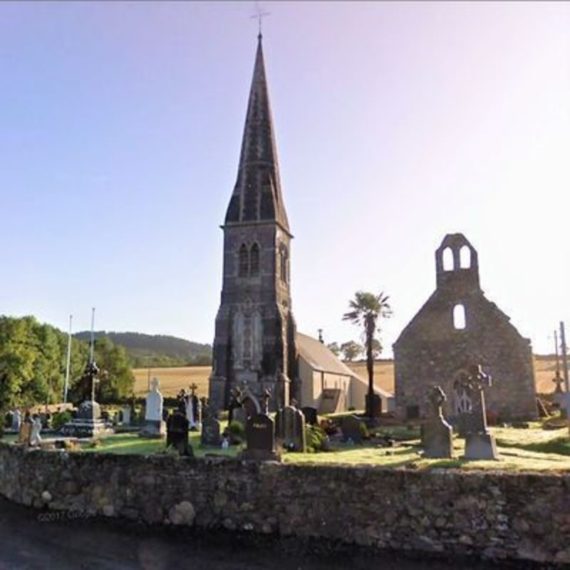
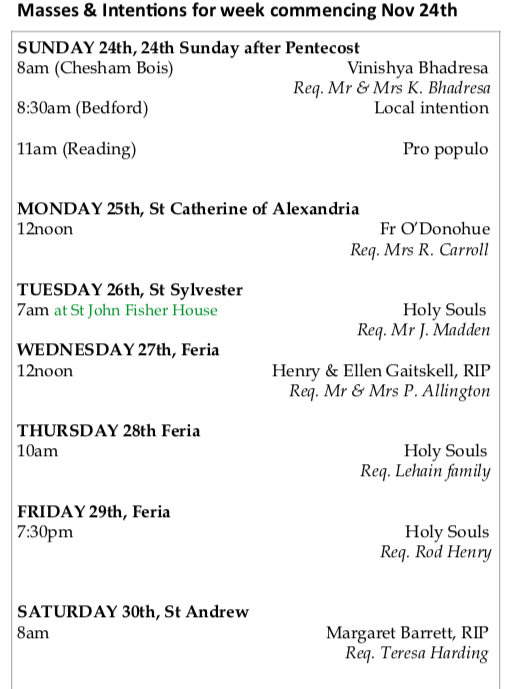

Dear friends,
If you haven’t done so already please respond to the consultation by 5pm today. You may wish to do so using the link below as it only takes a few clicks! We need as many responses from the pro-life side as possible, particularly in the Manchester area. Please share the link!!
Thank you all very much for your gallant efforts.
Manchester City Council has opened a consultation on a proposed censorship zone (PSPO) at Wynnstay Grove. If implemented the censorship zone would among other things criminalise:
You can respond to the consultation below! Please use this tool and share with like-minded people. The consultation closes on Friday 15th November!
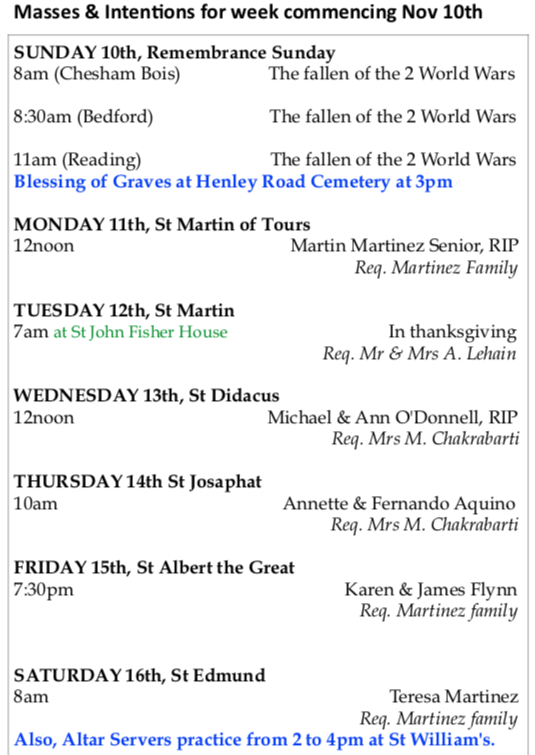

Statistics as of November 1st, 2019
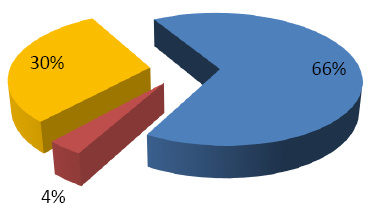
♦ Priests ♦ Deacons ♦ Seminarians
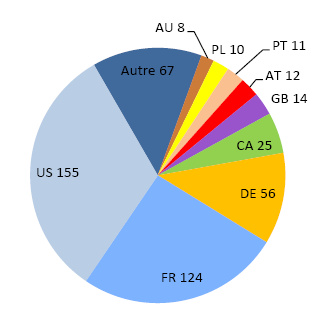
All members
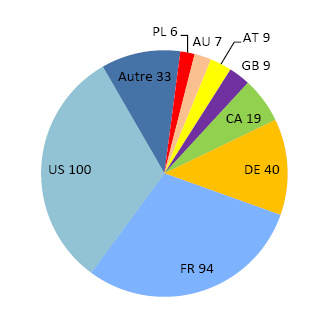
Incardinated members
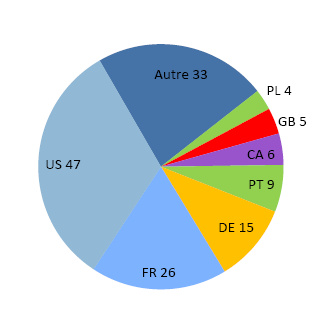
Seminarians
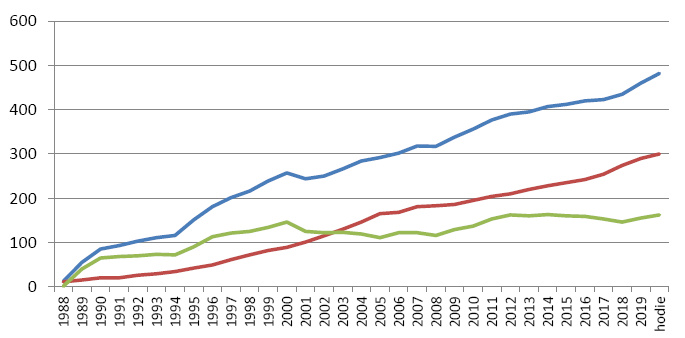
♦ Total members ♦ Definitively incorporated priests ♦ Seminarians (incl. deacons)
| YEAR | 2008 | 2009 | 2010 | 2011 | 2012 | 2013 | 2014 | 2015 | 2016 | 2017 | 2018 | 2019 | AVERAGE |
|---|---|---|---|---|---|---|---|---|---|---|---|---|---|
| TOTAL | 12 | 9 | 12 | 8 | 11 | 11 | 12 | 15 | 16 | 19 | 16 | 12 | 13 |
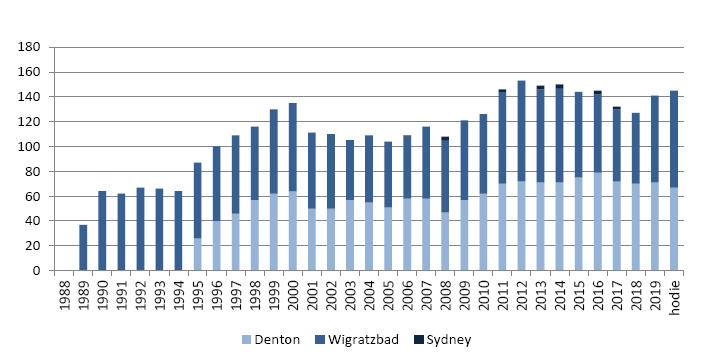
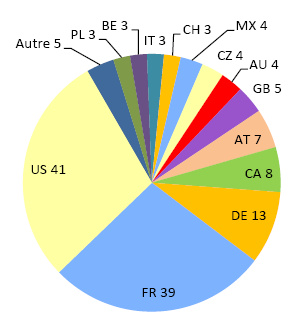
Dioceses served by countries
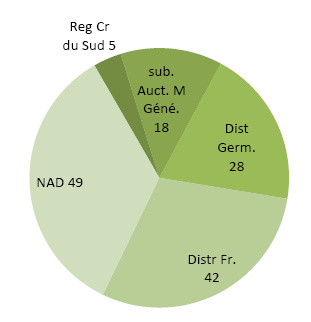
Dioceses served
by districts and regions
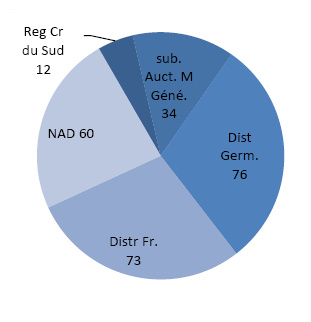
Mass centers
by districts and regions
• Number of houses: 131
• Number of erected houses: 93
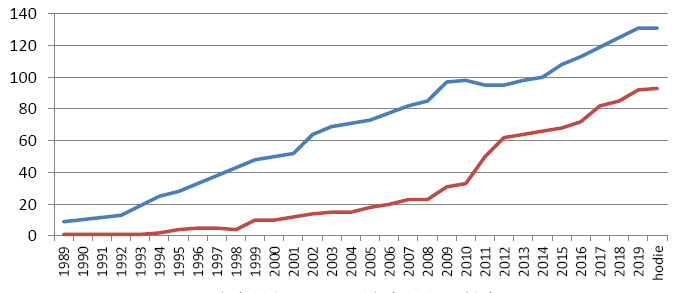
♦ Nb. of houses ♦ Nb. of erected houses